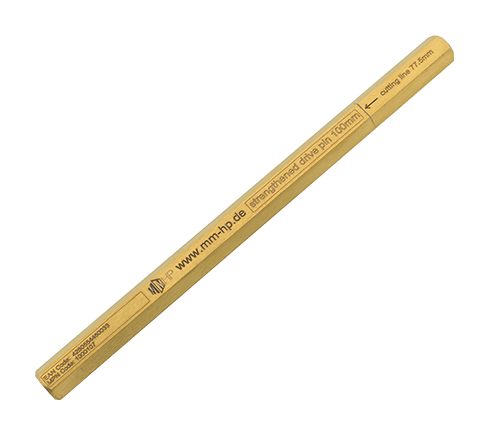Obsolescence
Planned wear and tear
Imagine you buy a high-quality cordless drill but it breaks after just a few years. During the repair, it turns out that the manufacturer made the part super robust, but the gears were made of plastic.
Every mechanic now thinks, what’s the point of that. It can’t last long. This is called planned obsolescence. Replacing plastic gears with ones made of metal sounds like the simple solution at first.
But it’s not that simple. Metal has different properties than plastic. It could lead to vibrations that then damage bearings, for example. We approach such problems in a similar way. To save time and money, we bring our years of experience in engine development. The desired properties are then confirmed through tests of the numerous variants. After that, production and marketing begin.
Improvements
Improving the clearance between the driver and the oil pump/balance shaft module.
-
Why it is not enough just to reinforce the driver...
Here is my worn original VW driver. You can clearly see how much the flanks have been beaten round. These parts have a dimension of 5.95mm. However, the bushes are 6.15mm. Due to this play, the driver constantly knocks back and forth in the bushes. Until they are round.
I was still lucky, because the oil pump was still driven a little. I can’t imagine what would have happened if the oil pump had suddenly failed while driving due to this faulty design.
Disappointed customer
(Before he discovered the MMHP driver pin)





